
The introduction of oxygen sensors (also called air-fuel, O2, or Lambda sensors) in 1976 ushered in sweeping changes in automotive technology. For the first time, engines could truly be managed to reduce tailpipe emissions and improve efficiency and performance by continually adjusting the air-fuel ratio using electronic logic.

Feedback technology to control emissions started with the use of oxygen sensors to provide input to the controller, which uses sensor inputs to regulate fuel volume and spark timing. (courtesy Bosch)
The newest generation “wide-band†oxygen sensors allow BMW to achieve optimal power and fuel economy, while reducing tailpipe emissions to levels undreamed of 30 years ago. Today, oxygen sensors are so powerfully accurate, you’ll find them even where they are not required—in race cars. From the most sophisticated sports cars to “old school†NASCAR racers with their decades-old V8 pushrod engines fed by a single 4-barrel carb, oxygen sensors are used to monitor air/fuel mixtures. In fact, many NASCAR engines have not one, but eight sensors, one for every cylinder!
Oxygen sensors were first introduced by Bosch in 1976 as part of its then revolutionary Lambda-Sond fuel injection system. The sensor measured the amount of oxygen in the exhaust gas as it left the engine. A change in the level of oxygen triggered a change in the output voltage from the sensor to the control module.

Oxygen sensors were initially called “Lambda sensors†because the curve of voltage output to exhaust gas oxygen levels resembled “Lambda,” the 11th letter of the Greek alphabet (courtesy Bosch).
When the oxygen level dropped, indicating the mixture was too rich, sensor output voltage increased. Conversely, when the oxygen level increased from a lean mixture, output voltage dropped. Remember “L=L,” for “Lean equals Low.” The controller then adjusted the amount of fuel entering the engine. The oxygen sensor and controller worked together, forming the first “closed loop,†electronic system for regulating engine operation.
Since 1976, four generations of oxygen sensors have been used:
Generations One and Two were the“unheated thimble” and “heated thimble†sensors. They got their name because of the shape of the ceramic tip, the part that actually measures oxygen content. The two generations overlapped. Unheated was used from 1976 to the mid 1990s. Heated thimble sensors first appeared in the early 1980s.
Oxygen sensors don’t work until they reach an operating temperature of about 600o F. Unheated thimbles couldn’t transmit a signal until they were warmed up by the exhaust gas. So, during engine start and warm up, when emissions are typically at their highest, the unheated sensor was unable to send a signal to the controller. Heated thimbles were introduced to help speed sensor warm-up. These sensors have a built-in heating element that warms the sensor much faster than heat from the exhaust can, so the sensor begins sending voltage signals sooner.

First and second generation sensors got the name “thimble†because their tips resembled sewing thimbles (courtesy Bosch).
Generation Three sensors are the “heated planar†type first introduced in the late 1990s. Instead of the ceramic thimble, these sensors have a thin, flat ceramic zirconia element, less than two millimeters thick, projecting into the exhaust stream. The element consists of electrodes, a conductive layer of ceramic, and a heater that are laminated into a unified layered strip. The strip is smaller, lighter, and more resistant to contamination than the thimble design. Planar sensors also require less electrical power to reach operating temperature.
Generation Four sensors, the latest style, are the heated, “wide-band†variety. This adds a “pumping cell†to the layered ceramic strip used on a planar sensor.
The voltage signal in the early sensors jumped back and forth between too rich or too lean — there was a switching point at about 450 mV. Wide band sensors don’t jump. Rather, their voltage signal changes continuously in direct proportion to the exact amount of oxygen in the exhaust gas for more precise control. Wide-band sensors are not only more precise, but also faster. The sensor reaches operating temperature within 20 seconds after a cold start. And they respond to changes in oxygen level in less than 100 milliseconds, much faster than any previous sensor.
Wide-band sensors get their name because they can measure oxygen content over a wide range of air/fuel ratios — all the way from an 11:1 (Lambda 0.7), which is very rich, to pure air.
Stoichiometric
In a perfect world, emission control would be easy because there would be only one gas to deal with. Under ideal conditions, if you combine exactly 14.7 pounds of air with 1 pound of gasoline, and ignite the mixture under optimal conditions, the gasoline would burn completely. The 14.7:1 air/fuel ratio is called the “stoichiometric” ratio. It is also known as a “Lambda value of 1.†At stoichiometric, the exhaust gas would contain only water and carbon dioxide (CO2). Although CO2 is one of the major “greenhouse gases†associated with global warming, emission control would be relatively simple if CO2 was all that engineers had to worry about.
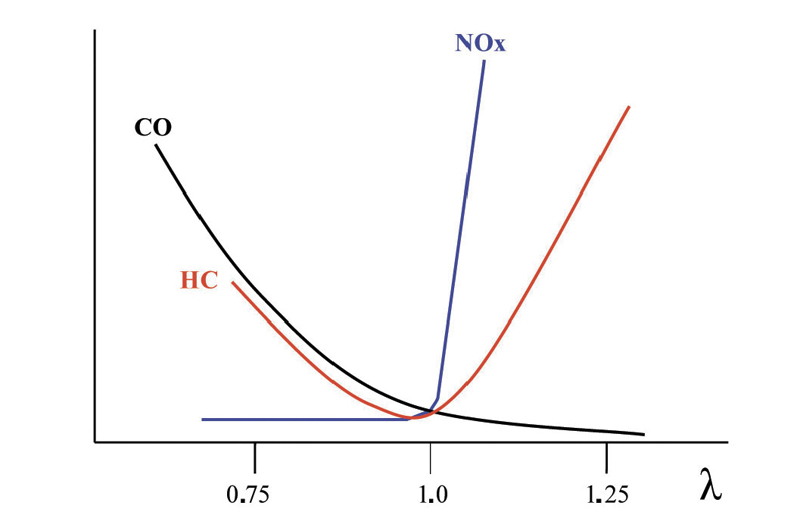
Any shift from a Lambda of 1, either too rich or too lean, sharply increases the volume of pollutants in the exhaust stream (courtesy Bosch).
But the internal combustion engine never operates in an ideal world under optimal conditions. In the real world, even when the air-fuel ratio is at stoichiometric (Lambda is 1), there’s some level of pollution because not all the gasoline is ever burned inside the engine. And even minor changes in Lambda value will cause major increases in various pollutants, as the chart shows:
The wide swings in harmful emissions as the air-fuel mixture ranges from too lean to too rich are the reason that emission control systems are so complex. A lean mixture improves fuel economy up to a point, but is accompanied by a sharp rise in the level of oxides of nitrogen (NOX) in the exhaust gas. When the mixture goes too lean, you get a “lean misfire” and an increase in unburned hydrocarbon (HC) emissions along with the high levels of NOX. Lean mixtures also cause rough idle, hard starting, stalling, and hesitation, and may damage the catalytic converter. Lean mixtures also increase the risk of spark knock (detonation) when the engine is under load.
When the air/fuel ratio is less than 14.7:1, (Lambda less than 1) the mixture is too rich. NOx levels fall, but HC emissions remain high and carbon monoxide (CO) levels increase.
By monitoring the level of unburned oxygen in the exhaust, the oxygen sensor(s) tells the engine computer when the fuel mixture is lean (too much oxygen) or rich (too much fuel). By changing the fuel injectors’ pulse width, the computer adjusts the fuel mixture accordingly, increasing the fuel injected when the mixture is lean, reducing it when the mixture is lean.
Sensor Service
Almost always, a faulty oxygen sensor will set a BMW trouble code, or DTC (Diagnostic Trouble Code). The specific code and test procedure will vary by model. Newer BMWs with wide-band sensors will have a different test procedure than BMWs with the earlier thimble or planar sensor.
Older sensors produce a voltage signal between 0.1 or 0.9 volts, and it’s fairly easy to tap into the sensor circuit to measure the voltage and how often the signal jumps across the .450 V threshold. With a wide-band sensor, you can’t measure output directly with a voltmeter or oscilloscope because the wide-band’s signal changes not only in value, but also direction. The only way to diagnose a wideband oxygen sensor is with a scan tool connected to the on-board diagnostics.
Don’t forget that any sensor, including a wide-band unit, can be fooled by an air leak between the exhaust manifold and head or by misfires that allow unburned oxygen to pass into the exhaust. Either condition causes a false lean condition which, in turn, will cause the computer to make the engine run rich.
It’s rare, but sometimes an oxygen sensor can be faulty and not send a signal that will cause the computer to set a code. This typically happens on pre-OBD II vehicles that have self diagnostics that are not as sensitive. Signs of a faulty oxygen sensor include:
- Failed emissions test, usually excessive CO and/or HC.
- Damaged catalytic converter.
- Poor fuel mileage.
- Engine runs rough.
- Sluggish performance.
- Engine “searches,†especially at idle, with engine speed repeatedly increasing then decreasing. Also known as “lean roll.”
Oxygen sensors can die of old age. The early thimble and heated thimble sensors had a service life of 30,000 to 50,000 miles. Planar and wide-band sensors should go up to 100,000 miles in normal service. However, any sensor will die a premature death if contaminated. When you remove any sensor, inspect it for possible contamination. The photos below show some of the more common contamination problems. Cure the problem, or you will be swapping out the new sensor very soon.
As always, only use genuine replacement BMW sensors. The correct BMW oxygen sensor is the only sensor specifically designed for the make and model BMW you are working on. No other sensor can make that claim, especially the various aftermarket “universal†sensors. The universal sensor might be less expensive than a BMW replacement, but the universals get their name because they are designed to operate on a number of different vehicles. They are not a precise match to any one vehicle. Less than the best is not what your BMW customer expects when you service his or her vehicle.
Â



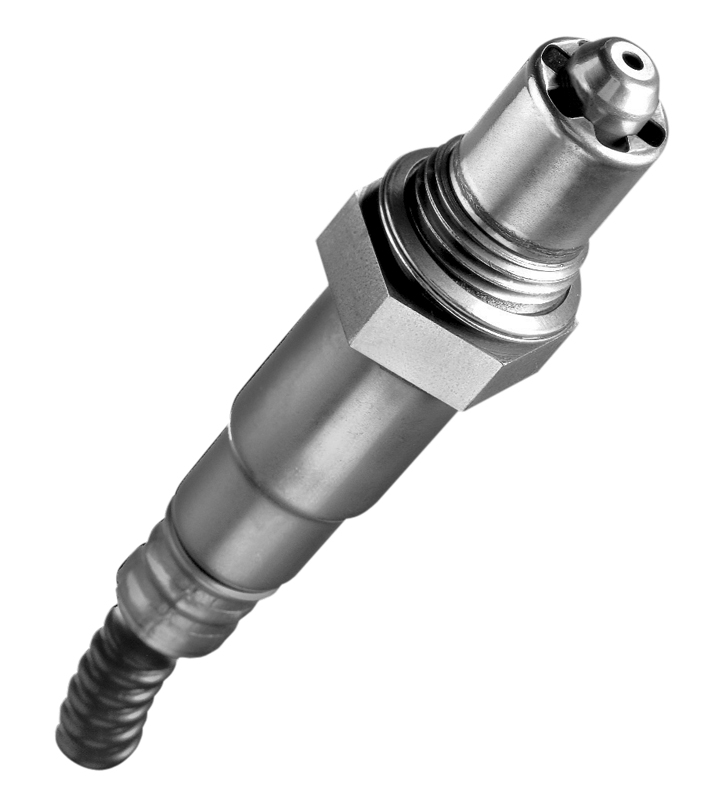
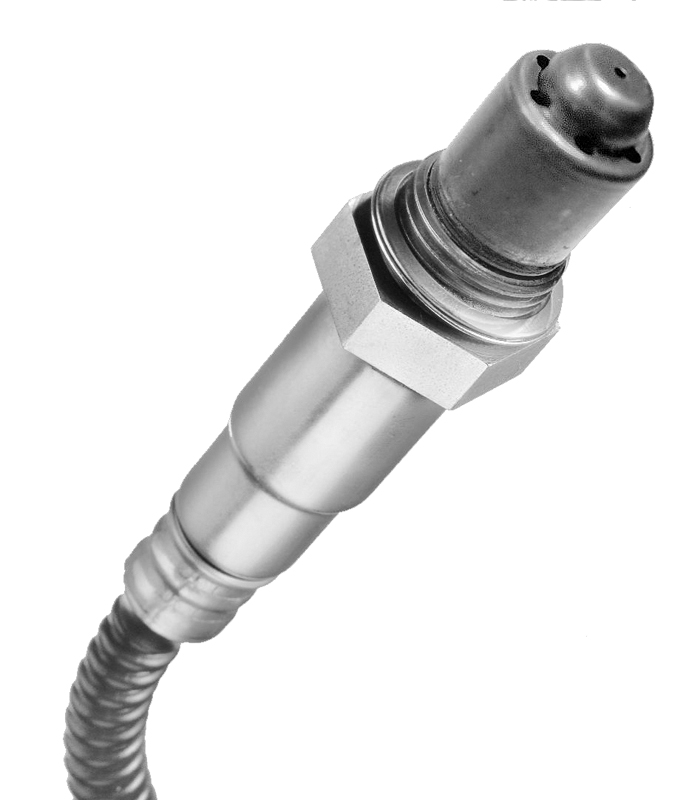


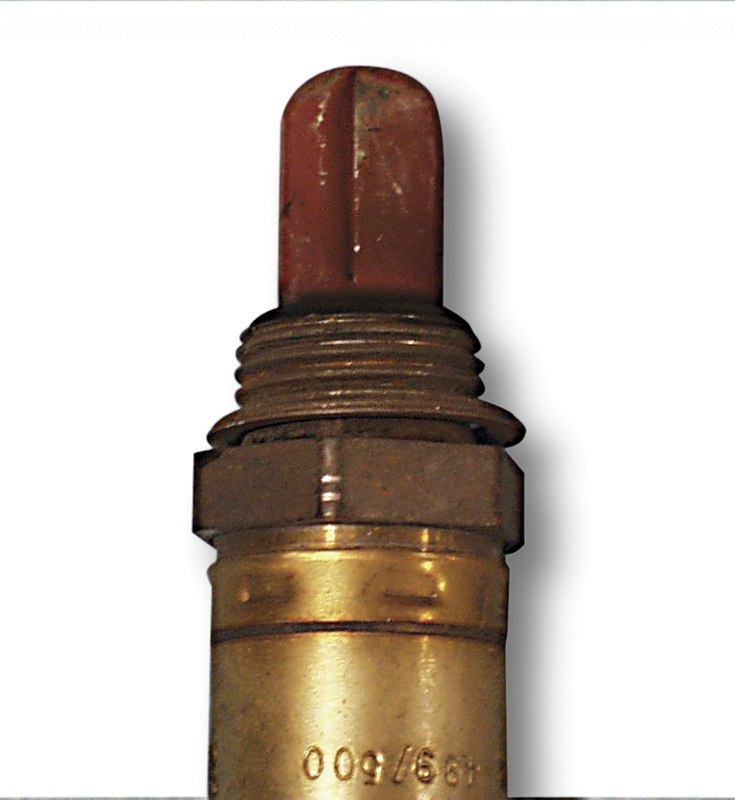
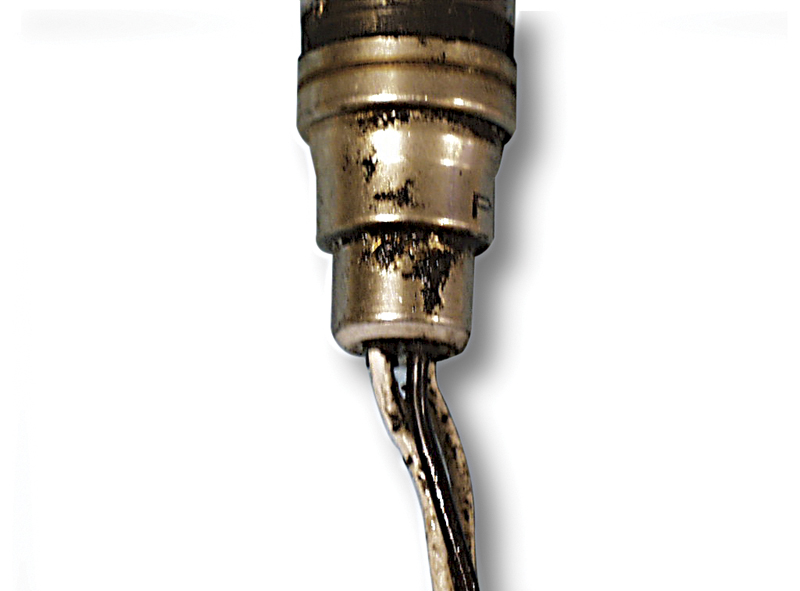
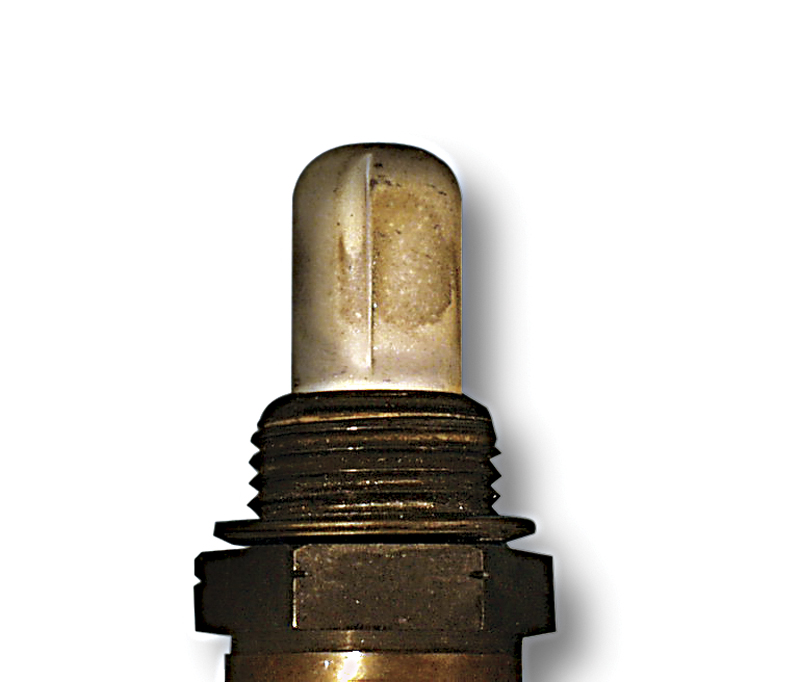
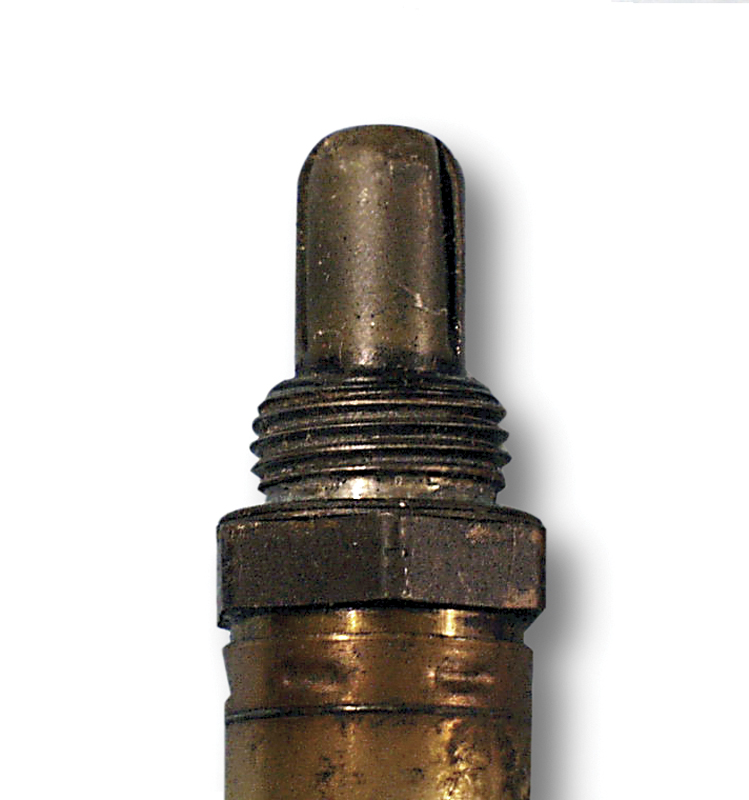
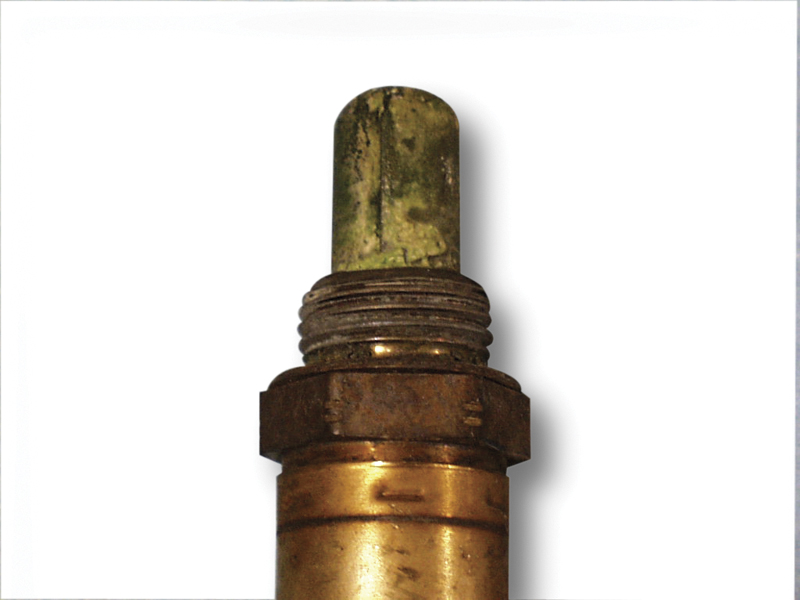
0 Comments